
Below you will find a collection of fact sheets, content essays, and stories from our explorers on board expeditions to maritime heritage sites featured on the OceanExplorer.NOAA.gov website.
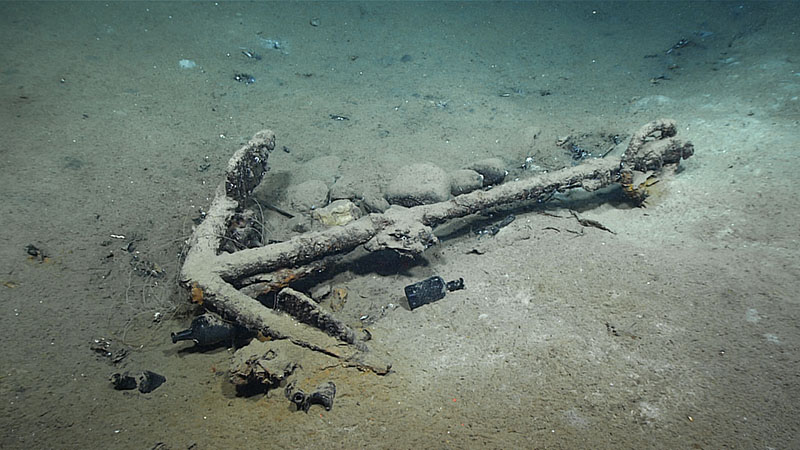
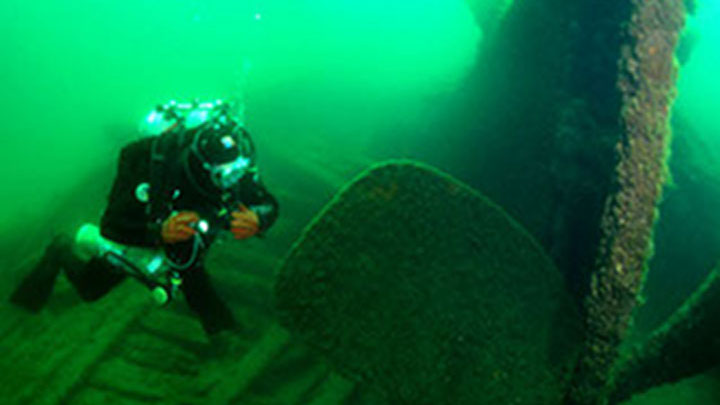
Ocean Exploration Fact. This essay outlines how studying shipwrecks can help us understand the past, connect us to our cultural heritage, and teach us lessons on how the environment and human error can damage each other.
Read more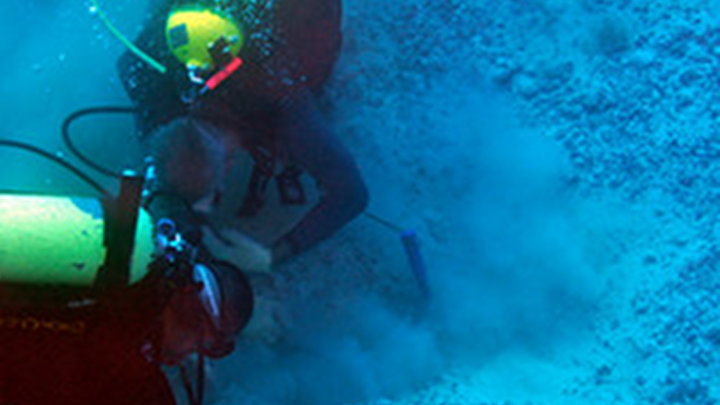
From the Exploring the Submerged New World 2012 expedition. Underwater archaeological excavation is very similar to traditional land archaeology. In this essay, learn how the tools and methods used underwater vary relative to those used on land in order to achieve the common archaeological goal of excavating materials in a controlled fashion where the original location of each object or artifact can be recorded and analyzed later.
Read more
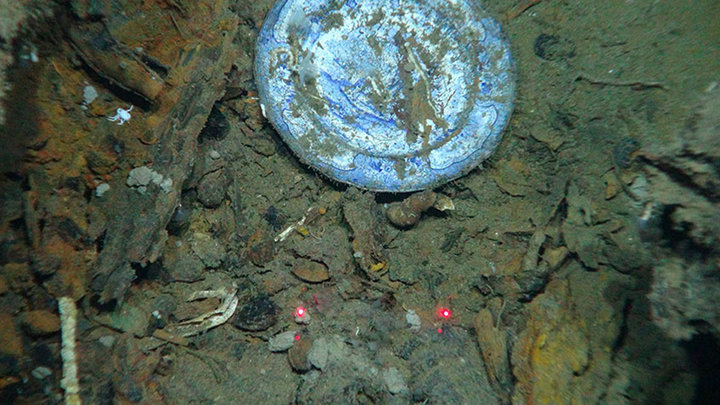
From the 2019 Microbial Stowaways expedition. Archaeology, simply defined, is the science of learning about past human behavior by examining the physical remains left behind by people of the past. Archaeological remains—including sites, structures, features, and artifacts—provide links to our collective human history.
Read more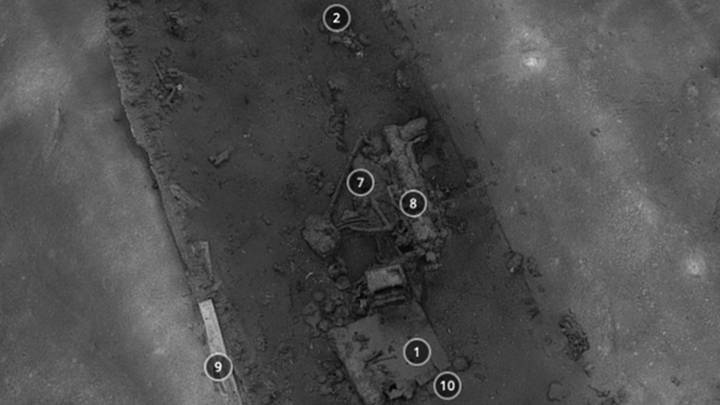
On May 10, 2019, the Bureau of Ocean Management launched its publicly accessible Virtual Archaeology Museum .
Read more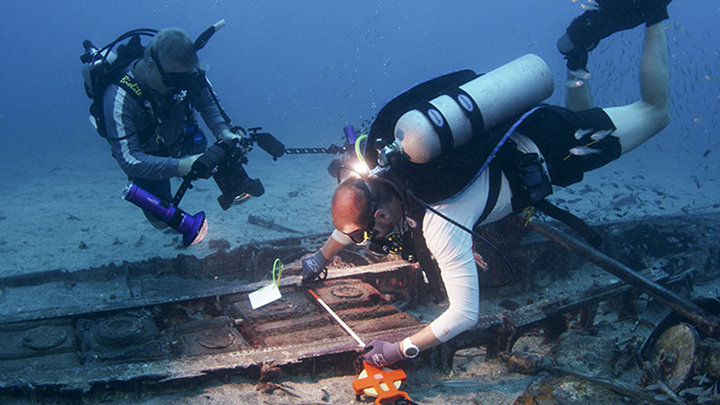
From the 2018 Kiska: Alaska's Underwater Battlefield expedition. Kiska Island remains one of the best preserved historic battlefields from World War II. Whether documenting a ship, a plane, or a submarine, our approach for documenting the sites will be the same.
Read more
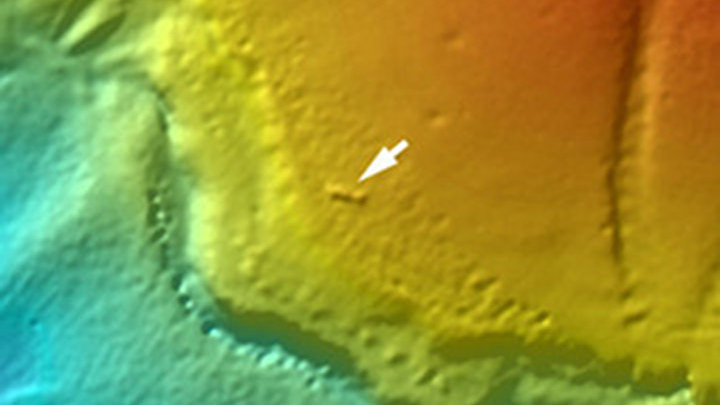
From the Deepwater Wonders of Wake: Exploring the Pacific Remote Islands Marine National Monument expedition. Learn how scientists go about searching for historic ship and aircraft wrecks in deep water, beginning with a thorough review of historic records in order to identify a search area followed by the use of sonar systems to identify viable targets within the search area.
Read more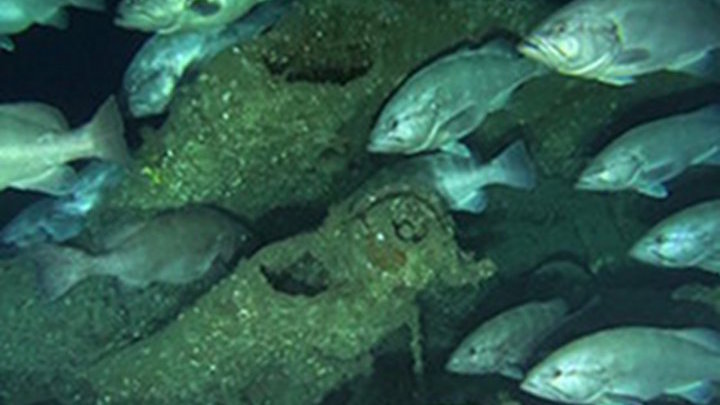
From the Battle of the Atlantic: Archaeology of an Underwater WWII Battlefield expedition. Off the coast of North Carolina, thousands of shipwrecks create reefs for fishes that coastal fishing and diving communities depend on. In this essay, learn about the tools and technologies that scientists use to increase our limited understanding of the distribution of these reef features and how they grow such valuable fishes.
Read more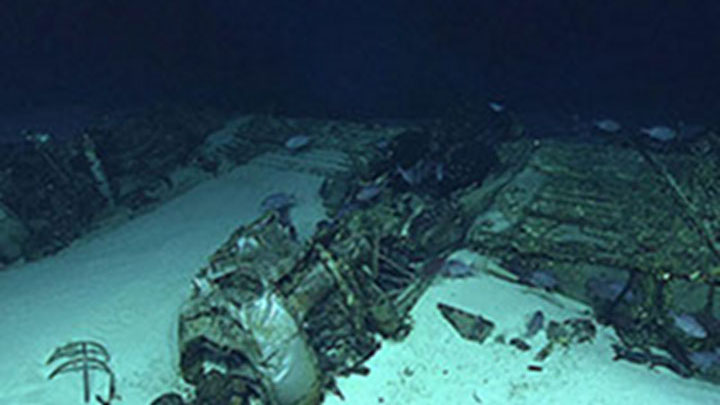
From the 2016 Deepwater Exploration of the Marianas expedition. During this expedition, scientists investigated a sonar anomaly that turned out to be a B-29 aircraft lost in World War II near Tinian Island. Read this essay for more information on what they found.
Read more
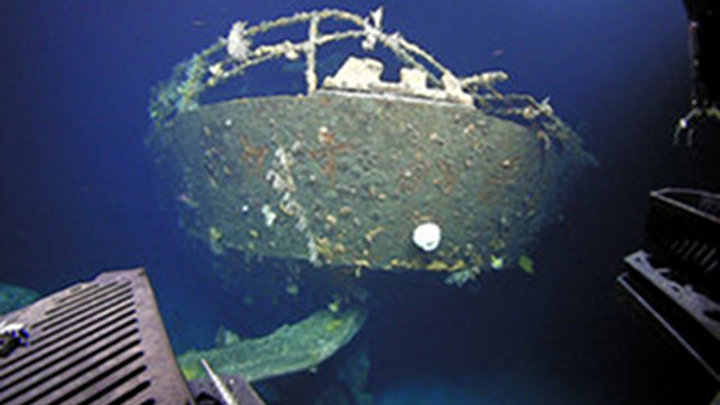
From the Deepwater Wonders of Wake: Exploring the Pacific Remote Islands Marine National Monument expedition. During this expedition, the Okeanos Explorer team set out on a dive to search for the Japanese Destroyer, Hayate, which sank during the Battle of Wake Island. Instead, they discovered and explored a Japanese cargo ship, Amakasu Maru No.1.
Read more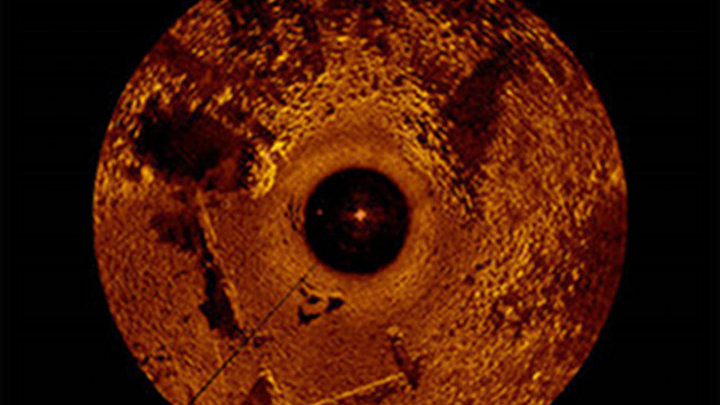
From the Uncovering a Pirate City: 3D Mapping for Marine Applications expedition. Leading the state-of-the-art development of marine robotic 3D mapping for underwater archaeology, a University of Michigan-based team conducted an archaeological field expedition to the underwater city of Port Royal, Jamaica, known at the time as the ‘Wickedest City on Earth.’ Fieldwork for the two-year project began with a weeklong effort to map the submerged city.
Read more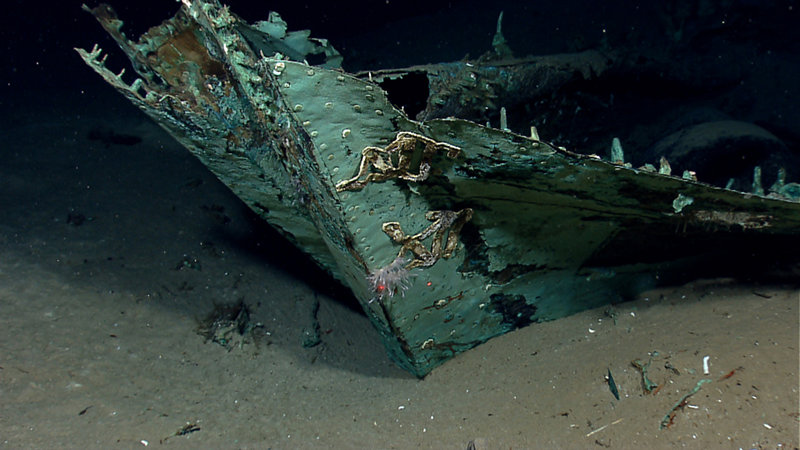
From the Monterrey Shipwreck Investigation 2013 expedition. Ocean Exploration Trust's Exploration Vessel (E/V) Nautilus returned to investigate an early 19th century wooden shipwreck first explored by the NOAA Ship Okeanos Explorer in April 2012.
Read more
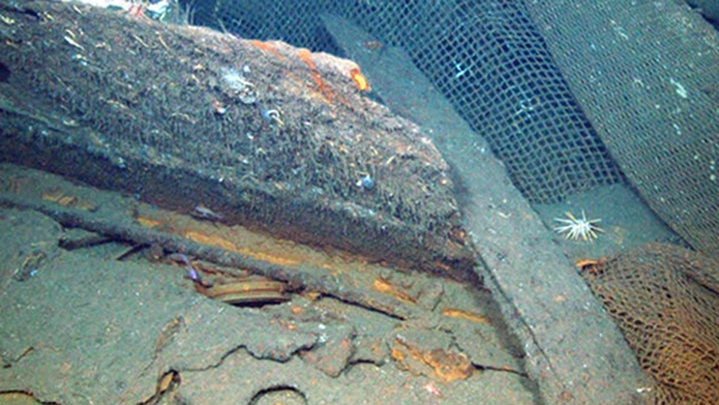
From the Deepwater Canyons 2013 - Pathways to the Abyss expedition. Investigated during this expedition, the mid-Atlantic outer continental shelf intersects with some of the most historically significant waters in the United States and the historical and archaeological importance of the region is substantial, with a long and rich history connected to exploration, warfare, commerce, fishing, and recreation.
Read more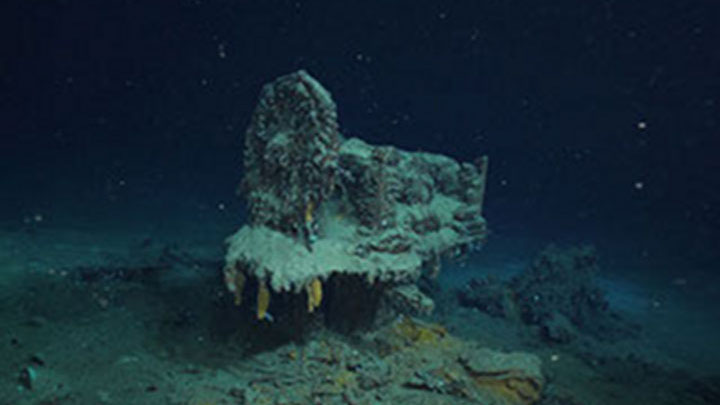
From the Gulf of Mexico 2012 expedition. Clues to understanding the rich maritime heritage of the Gulf of Mexico lie entombed in thousands of shipwrecks resting on the ocean floor throughout the Gulf. During this expedition, NOAA Ship Okeanos Explorer’s cameras explored, for the first time, a handful of these shipwrecks thousands of feet beneath the water’s surface.
Read more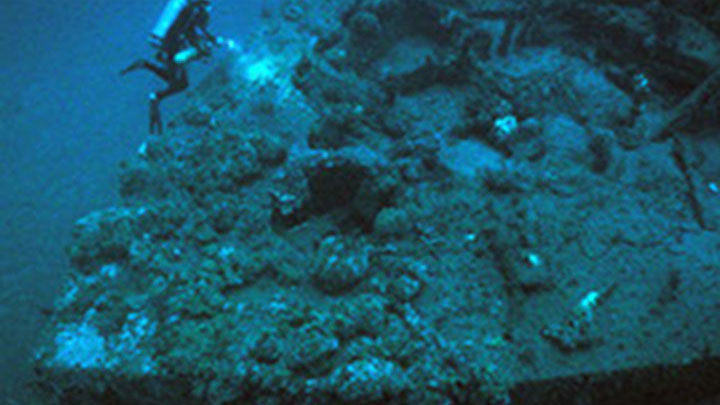
Ocean Exploration Fact. Designed by Swedish-American engineer John Ericsson, when it was constructed, the USS Monitor represented a radical departure from traditional warship design. This innovatively designed ironclad American Civil War ship sunk in 1862 off the coast of North Carolina and is now protected within a national marine sanctuary.
Read more
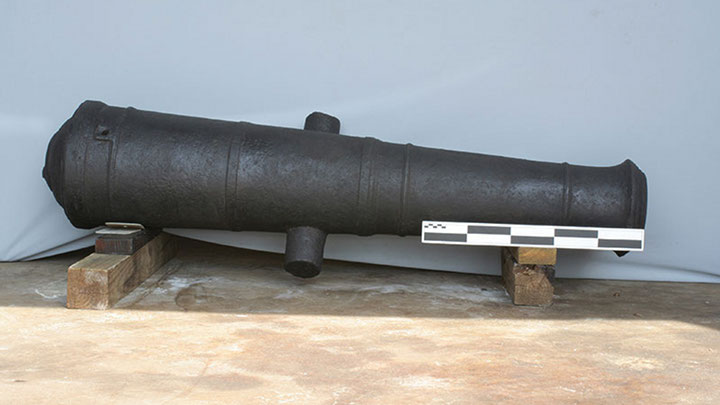
Shipwrecks are like time capsules preserving a single moment in time. From them, we can learn what life was like for people making their living from the sea hundreds of years ago. We estimate that over 4,000 shipwrecks rest on the floor of the Gulf of Mexico from its nearshore shallows to its deepest abyss.
Read more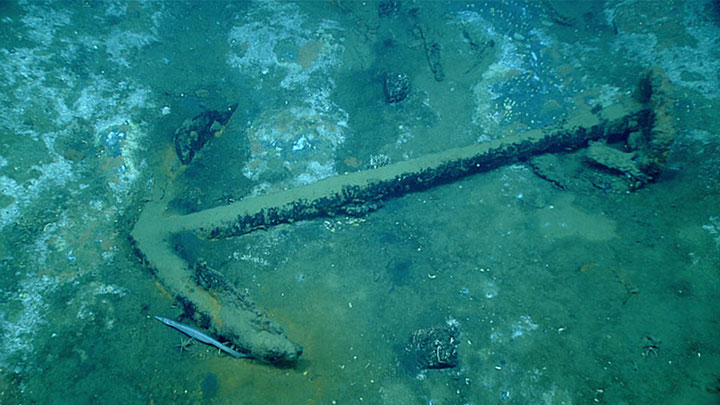
This exploration observed that the wreck has a wooden hull, clad in copper sheets (used to provide anti-fouling protection), and fastened in part by copper bolts. The bolts appear to have clench rings or forelocks, a feature of heavy-built wooden ships of the early to mid-19th century.
Read more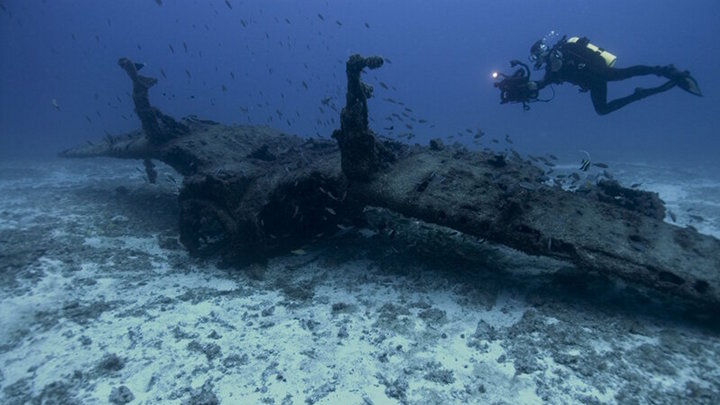
The unique opportunity that aviation archaeology presents is the ability to open windows in to significant moments in history where pilots and their relatives may still be alive to compliment the material culture discovered on the seafloor.
Read more
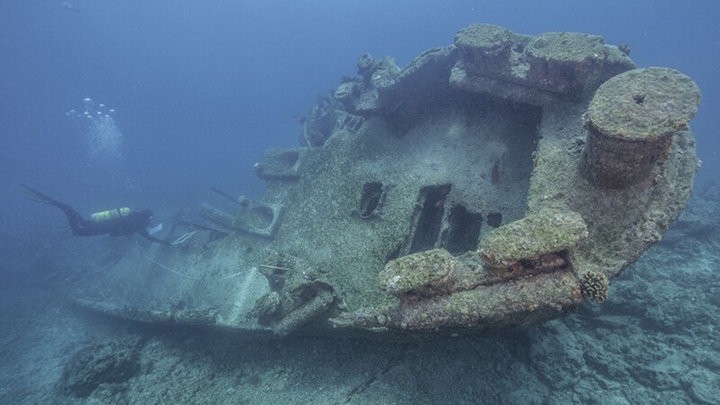
My first dive here at Midway Atoll was on the USS Macaw, a World War II (WWII) submarine rescue ship that sank in February 1944. The shipwreck was largely decimated, beaten down and strewn over the reef by more than a half-century of violent storm surge. My role on this dive, and this expedition, is to both document the science but also help tell the story of Midway, then and now, through the lens.
Read more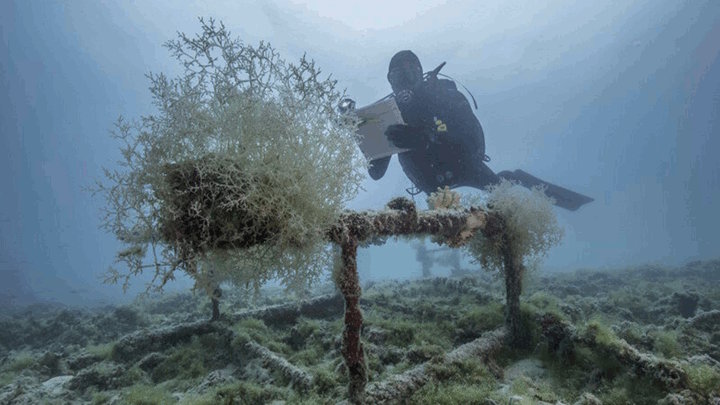
A diver documents a structure, discovered by magnetometer survey, for any alien invasive species.
Read more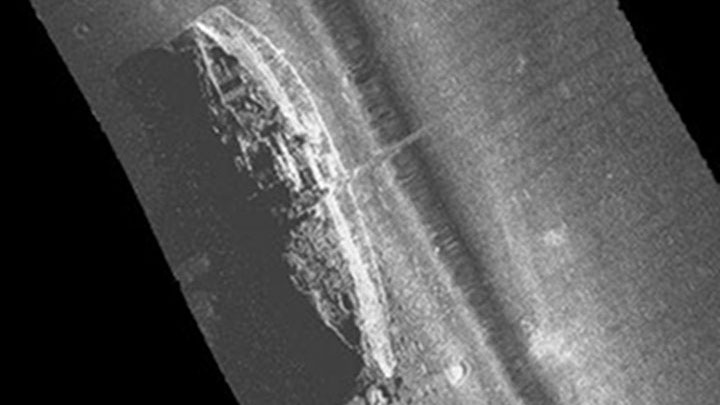
From the Steamship Portland 2003 expedition. This essay explains how NOAA's national marine sanctuaries protect significant historic shipwrecks as archaeological resources, including the steamship Portland which was confirmed to lie within Stellwagen Bank National Marine Sanctuary.
Read moreThe above items are only a selection of the educational materials highlighting maritime heritage on our website.
View More